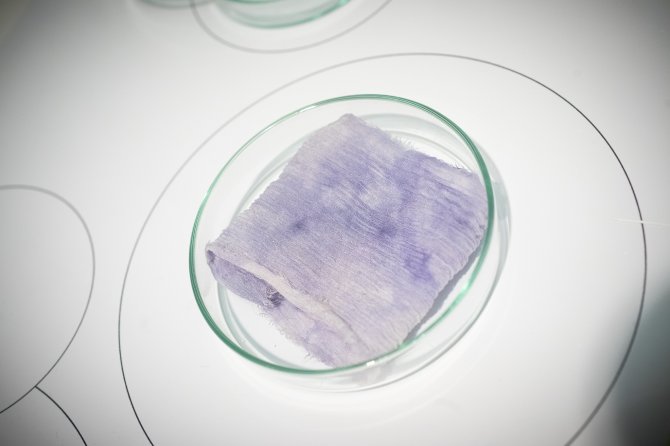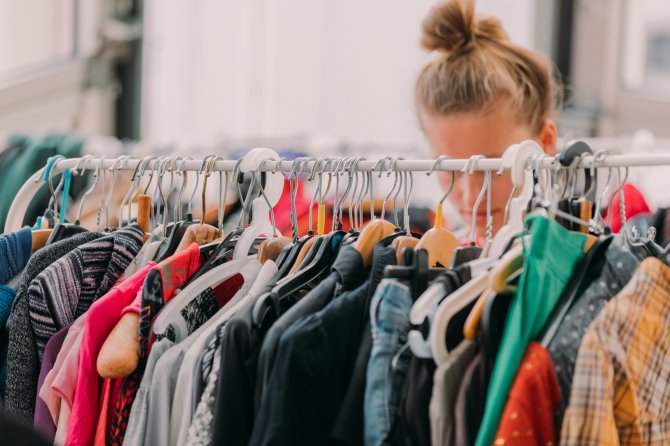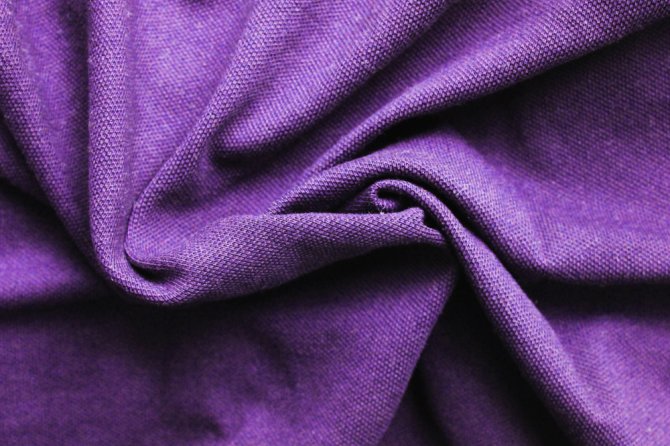
Innovation & Research
Wageningen University & Research has long standing reputation in sustainability research. The knowledge we’ve gathered through research in the food sector, provides ample opportunity to improve the fashion industry, as both sectors prove to struggle with similar challenges. Whether it’s optimizing cotton production, research towards biobased materials or investigating consumer behavior, below you’ll find our latest circular fashion research results.
Research areas for circular textiles & fashion
Resources

About Resources
Well-known fibres, such as cotton and polyester have their place in the fashion industry for a reason. Unfortunately, these fibres clearly have both a negative environmental- as well as social impact. Changing fashion from the beginning of the value chain starts with designing raw materials. What circular material innovations could transform the fashion industry for the better? On this page Circular Fashion Lab® collects research from Wageningen University Scientists and investigates the opportunities of raw materials for the fashion industry.
Natural & biobased fibres
Waste as a Resource
Cotton
Agriculural Residues
Rice straw, banana stems and other agricultural waste could soon go from farmer’s fields to the fashion runway. A new study shows that there are enough usable agricultural residue streams from farming in South and Southeast Asia for the production of natural fiber textiles at scale.
Read the report
Circular Design
About Circular Design
Design characterizes the start of the fashion value chain, any decisions made in the design phase will result in consequences for production, use and end-of-life. Therefore, design is a crucial step in the transition towards circularity, and Circular Fashion Lab® aims to inform and inspire more circular and sustainable design for fashion and textiles.
Circular Ensemble
This ensemble worn by Louise O. Fresco on the occasion of the Opening of the Academic Year on September 3, 2018 highlights several circular innovations in the fashion industry. The dress is made of deadstock silk and designed with zero waste patterns to minimalize textile waste in the process of creating clothes. The print is hand dyed with rest ink, a waste product from conventional dyeing that produces this purple color. The shoes are Louise’s own shoes, upcycled with golden pineapple leather. The scarf is made of vegan peace silk and dyed with bacteria. The watch is Louise’s own with a new watch band made out of mycelium.
Video Circular Ensemble
- Unfortunately, your cookie settings do not allow videos to be displayed. - check your settings
Consumer Behaviour

About Consumer Behavior
From consumption patterns of shopping behaviour, to use, washing and discarding fashion and textiles, in the fashion industry, the consumer/user is a key player. Do you buy fast-fashion, second-hand and/or vintage? How often do you wear these items? What is exactly inside your wardrobe? How much are consumers willing to pay for sustainable fashion? These are all questions relevant to changing the fashion industry, and we’re researching them. If you would like to know more, contact:
End-of-Life

About End-of-Life
The number of garments and textiles bought each year is ever growing. It is essential to think about end-of-life strategies for these products. Ideally waste is prevented by for instance changing consumer behaviour, to wear clothes for a longer period, or to implement other business models in the fashion industry, such as textile rental. When a garment is disposed of ideally it is reused by another customer through the 2nd hand market. When the garment is no longer wearable it can be downcycled into a product of lower value such as wiping rags. When the fabric is no longer usable as such, fibre recycling techniques come into play. The circular Fashion Lab®, researches the opportunities for end-of-life strategies such as recycling. Read more about our projects below.
Textile recycling
Textile recycling is a complex issue without a simple answer. It is generally known that over 97 % of the resource input of the textiles industry is virgin feedstock and less than 1 % is recycled back into textiles. Moreover, 73% of clothing is landfilled or incinerated after use, and only 12% is recycled into other applications than clothing. Therefore, it is a challenging but very interesting topic of research. Below you can read all there is to know about current recycling techniques, and how the Circular Fashion Lab® is trying to improve these techniques.
Wetenschapswinkel
In 2020 a new Wetenschapswinkel (Science Shop) project in collaboration with Sympany has started, ‘The world of textile recycling: exploring recycling options for non-wearable textiles’. This is a currently ongoing project, if you would like to know more feel free to reach out.
Value Chain

About Value Chain
The value chain of the textile and fashion industry is large, complex and often challenging. The long-standing history of food value chain research with proven analytical methods at Wageningen University & Research, provides ample opportunity to address issues in the textiles and fashion value chain. Some of the topics Circular Fashion Lab® focuses on are production technologies, local versus global production networks and new business models.
Sustainable packaging
The fashion industry is characterized by long value chains and many transportation steps from production to consumer, in which large amounts of packaging is used. Therefore, we believe sustainable packaging is a fundamental a part of improving this industry. Not only the materials of the packaging are important, the function of the packaging and benefits to the product, the recycling options and design is important for sustainability. Wageningen University & Research has a large track record in packaging research & consultation, and together we can identify the most sustainable solutions.
- Read more about Sustainable Packaging


